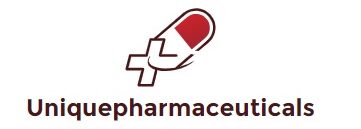A bone density scan usages low dosage X-rays to see how thick (or strong) your bones are. You might likewise hear it called a DEXA scan.
Table of Contents
What is Bone Density
Bone density scans are frequently utilized to identify or evaluate your danger of osteoporosis, a health condition that compromises bones and makes them most likely to break. As well as fasting and pain-free, a bone density scan is more reliable than regular X-rays in recognizing low bone density.
Who Needs to Have a Bone Density Scan
You might require to have a bone density scan if you’re:
- over 50 with a danger of establishing osteoporosis
- under 50 with other danger elements, such as cigarette smoking or a previous damaged bone
The arises from a bone density scan are normally utilized along with a fracture danger evaluation to evaluate your opportunities of osteoporosis and breaking a bone.
Osteoporosis can impact anybody at any age, although older postmenopausal ladies are especially at danger. This is due to the fact that the level of oestrogen decreases after the menopause, leading to a decline in bone density.
The more thick your bones, the more powerful and less most likely they are to break (fracture). Osteoporosis does not trigger any signs up until a bone is broken.
Find out when bone density scans are used
Measuring Bone Density
During a bone density scan, an unique kind of X-ray called double energy X-ray absorptiometry is travelled through your body. This is reduced to DEXA.
- Some radiation is taken in by the bone and soft tissue, and some journeys through your body.
- Special detectors in the DEXA device determine just how much radiation goes through your bones, and this details is sent out to a computer system.
- Your bone density measurements will be compared to the bone density of a young healthy grownup or a grownup of your own age, gender and ethnic culture.
How Safe Are Bone Density (Dexa) Scans
Bone density scans are extremely safe. They utilize a much lower level of radiation than basic X-rays, which suggests that the radiographer (the technical professional performing the scan) can remain in the scanning space with you throughout the scan.
The quantity of radiation utilized throughout a bone density scan is extremely low and less than 2 days’ direct exposure to natural background radiation (NBR).
By contrast, a chest X-ray utilizes the equivalent of about 3 days’ direct exposure to NBR, and a flight to North America is comparable to roughly a week’s direct exposure to NBR.
Despite being extremely safe, bone density scans and X-rays are not advised for pregnant ladies, as X-rays can harm a coming kid.

